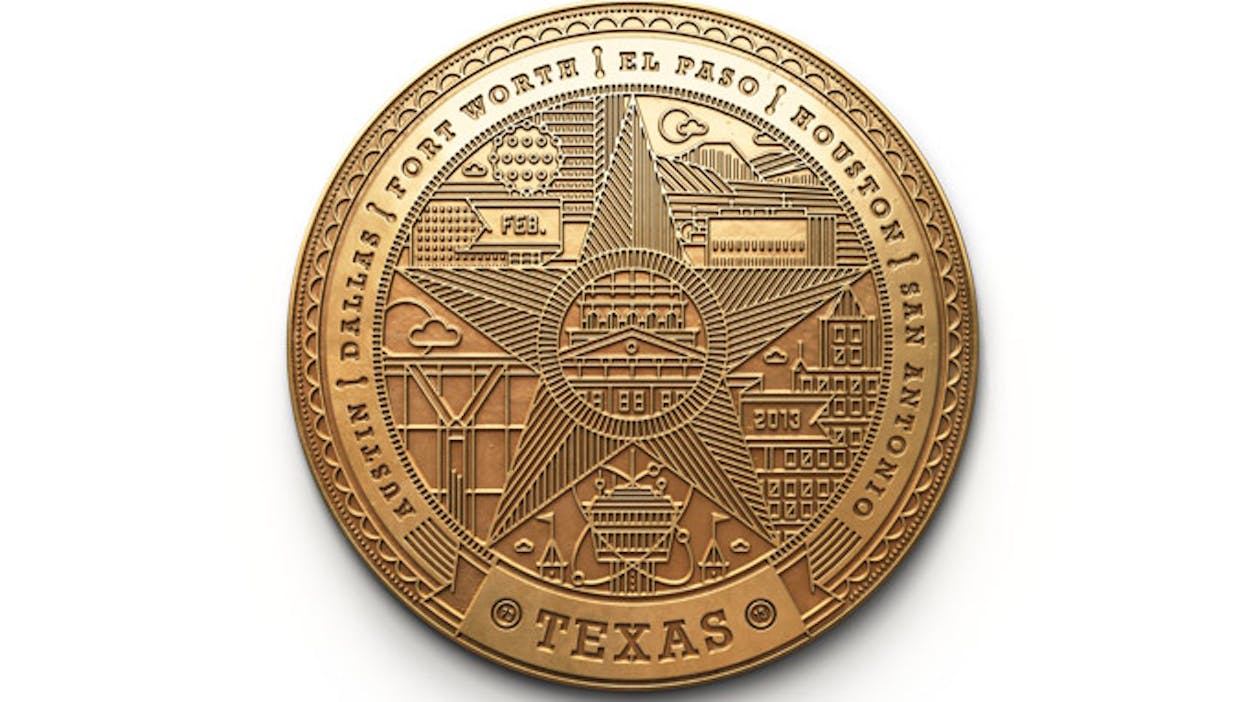Chances are you are reading this in a Texas city. Though our rural population of 3.8 million is still the country’s largest, we are, for the most part, a bunch of city folk. Almost 85 percent of the state’s population now lives in urban areas. That may not be how others see us, but it’s how we increasingly see—or should see—ourselves. For more than fifty years now, cities are where the vast majority of us have been born and grown up and worked and raised families. Our rural history and traditions and mythology continue to maintain a powerful hold on our culture, but this is now, and forever will be, an urban (and suburban) state.
There is, however, a difference between being an urban state and having great cities. This issue marks the fortieth anniversary of Texas Monthly (which published its first issue in February 1973), but we are going to go out on a limb here and say that it also roughly marks the fortieth anniversary of the moment when the major urban areas of Texas began to become great cities. Many factors account for this. The seventies saw a prolonged oil boom, which made us wealthier than ever, which led to the acquisition of great art and museums. Southwest Airlines took off in 1971, making the cities that much more interconnected. In 1970 the Legislature made it legal to sell liquor by the drink, opening the door to fine dining. It was a time of change—the Cowboys won their first Super Bowl; La Raza Unida held its first national conference, in El Paso; and Dallas–Fort Worth International Airport had its first arrival and departure. The modern era of Texas had begun.
On the following pages you’ll find a special fortieth-anniversary tribute to our six largest cities—Houston (population 2,145,933), San Antonio (1,359,730), Dallas (1,223,378), Austin (820,601), Fort Worth (760,758), and El Paso (665,577). (After El Paso the size of our cities drops considerably: the next largest is Arlington, which few people, even the 373,681 Arlingtonians, would think of as a major city in the traditional sense.) The magazine’s typical architecture has been reordered for the month, to be replaced by an array of pieces—essays, poems, rants, interviews, odes, remembrances, photographs, restaurant reviews—the cumulative effect of which, we hope, will be to give the kaleidoscopic, unpredictable, and endlessly intriguing impression of the truly great cities of Texas. But first, a little background . . .







